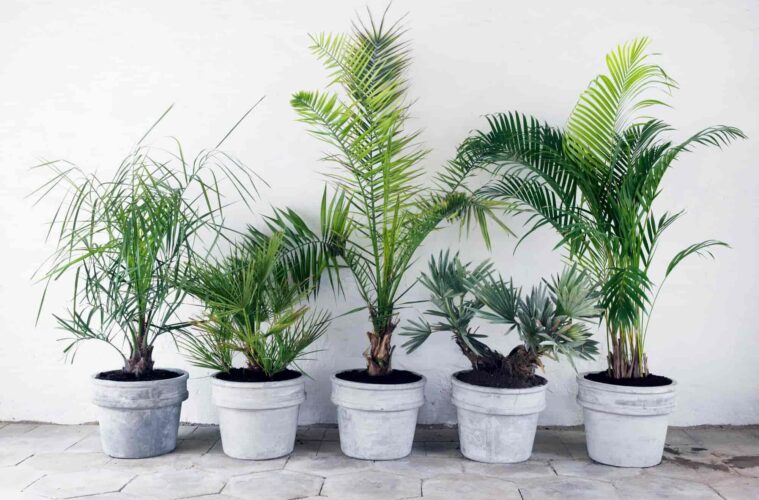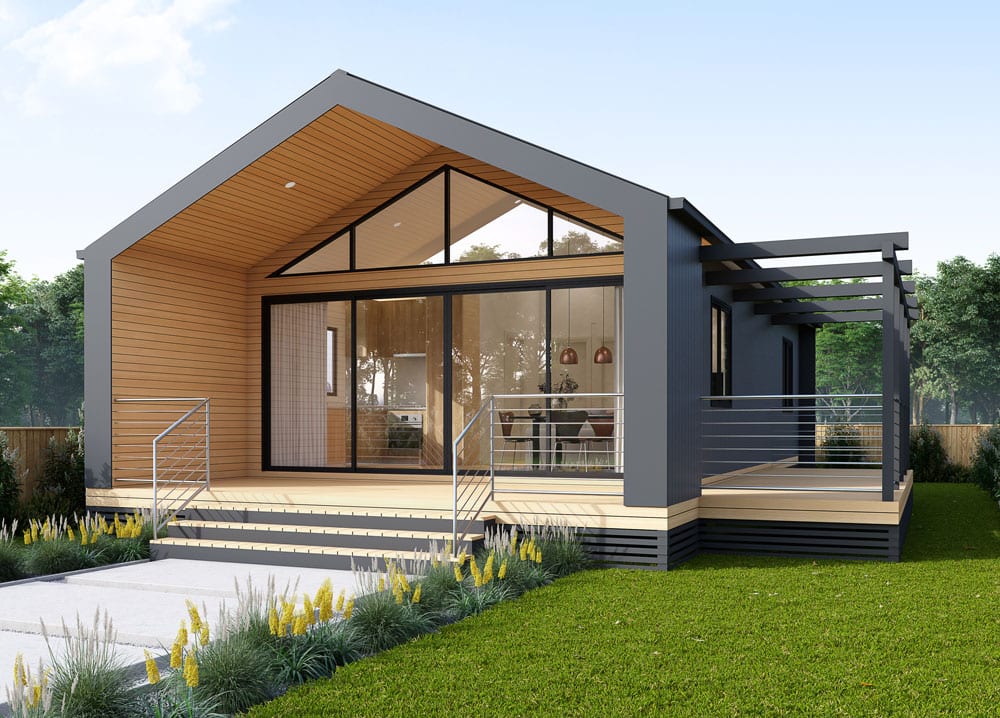Indoor trees are one of the only things that can turn your cramped apartment into a lush, tropical paradise. To keep such a grand specimen alive and well, a few items are non-negotiable: tall enough ceilings to make the house cozy and enough sunlight to make it feel like home. Yes, buying a young tree and allowing it to grow and adjust to your home’s conditions is simply the best option. It’s possible! Many tropical indoor plants and trees will thrive if they are cared properly.
Although many people are concerned that watering their plants too infrequently would cause them to die, the opposite is true: Overwatering is one of the most common causes of indoor plant death, believe it or not. Most of these plants need only a small amount of light moisture, but some need daily watering. They are also not always picky when it comes to light: Window light offers only enough clear filtered light and is usually enough to keep all of these species comfortable and healthy. Some can tolerate low light, but double-check before putting them in a dark corner. To avoid scorched leaves, the plant should be placed close but not in front of the window, and it should be rotated regularly.
How to Care Big Leaf Plants ?
In terms of care, tropical plants are typically very simple and don’t need too much maintenance. Of course, each plant has its own set of care requirements, but in general, broad leaf tropical plants enjoy:
- Humidity – maintain humidity by watering the leaves or using a humidifier on a regular basis.
- Most tropical plants grow in indirect light that ranges from mild to bright.
- Dusting – Because of the surface area on their leaves, big leaf plants can need to be cleaned on a regular basis to prevent dust accumulation; this will allow them to absorb more light!
Take a look at some of our favorite big leaf tropical plants below and be inspired by their beauty!
Hostas
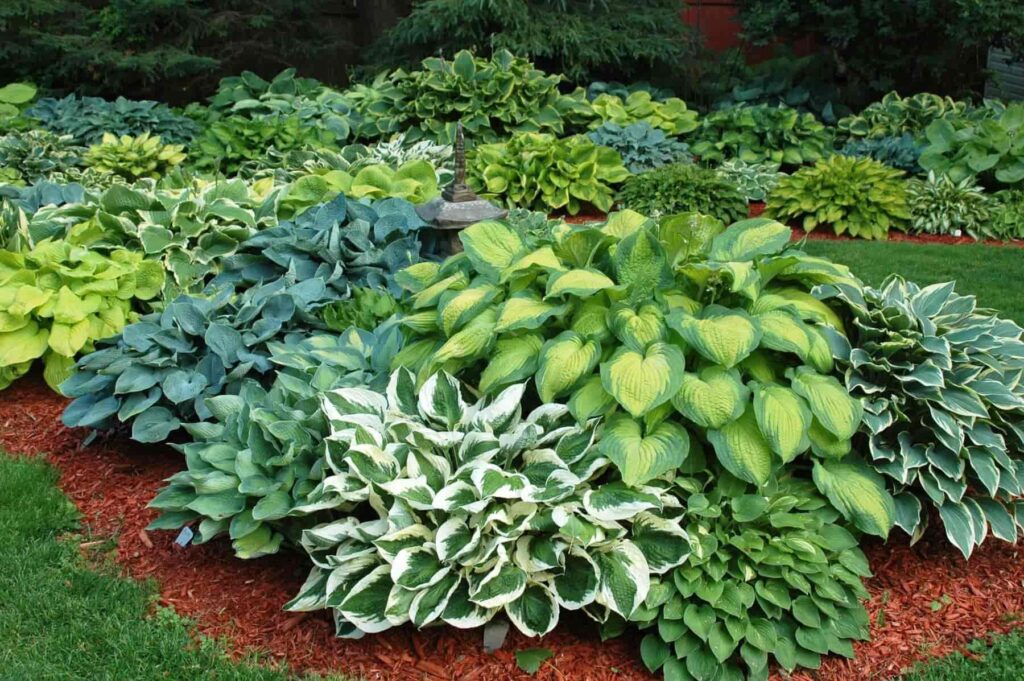
source: pinterest.com
Hostas are lovely shade-tolerant plants with waxy green leaves and a rainbow of foliage colours. Although hostas are commonly grown in gardens. Hostas can be grown as indoor plant as well, and if grown in containers under ideal conditions, they make excellent houseplants.
Hostas require special care and attention to thrive indoors. They prefer to grow in the shade, require plenty of water, and are harmful to slugs, snails, and even viruses, though these should be less of an issue indoors.
Botanical Name: Hostas
Sun Exposure: Full-shade
Soil Type: Organic rich
Soil pH: 6.5 to 7.5
Fiddle Leaf Fig
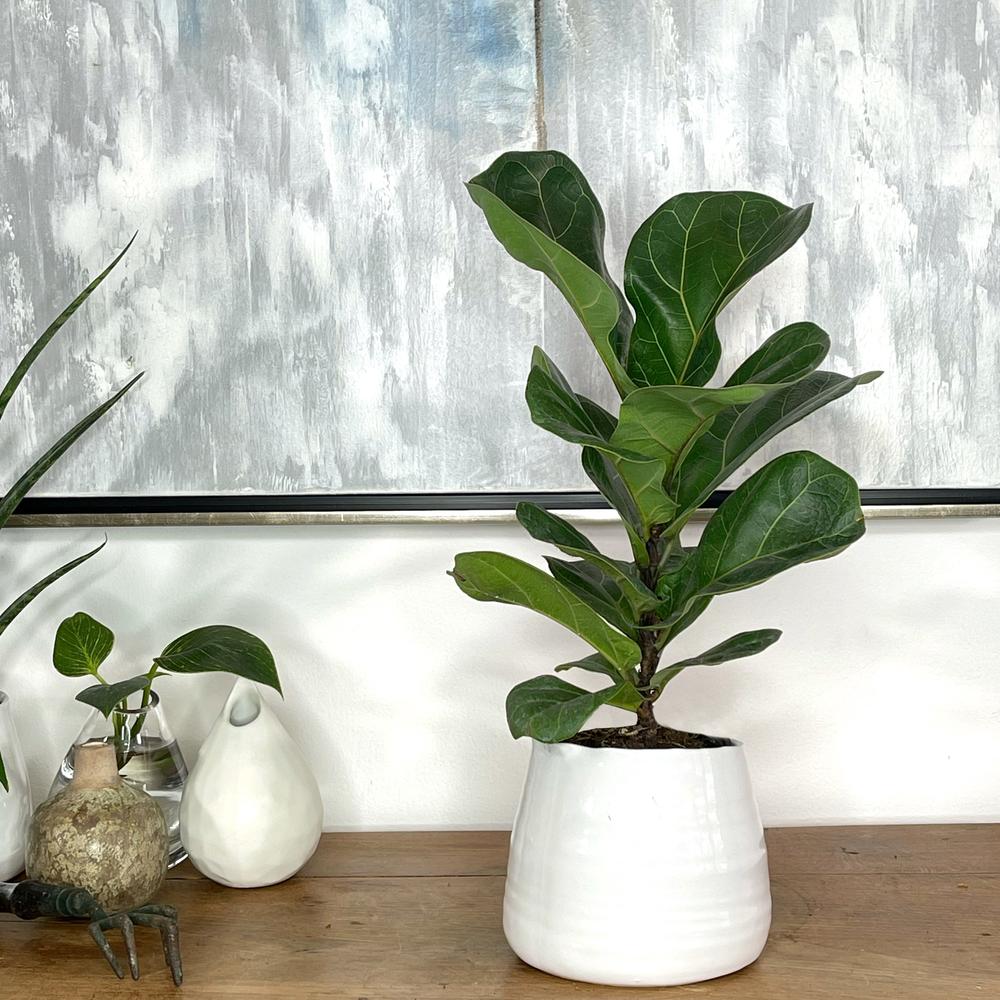
source: shopify.com
There’s a reason why this trendy ficus is still in high demand, even years after it first became popular. Indoor fiddle leaf figs attract attention with their attractive, deep-green foliage and ability to grow five to ten feet tall. Because these plants require a lot of bright light and grow up rather than out, place them near a sunny window in a high-ceilinged area. If you make drastic changes to its environment, such as changing the light or temperature, it may lose its leaves.
Botanical Name: Ficus lyrata
Sun Exposure: indirect light, and some direct sunlight
Soil Type: Well-draining indoor potting mix
Soil pH: 6.0 to 7.0
Parlor Palm
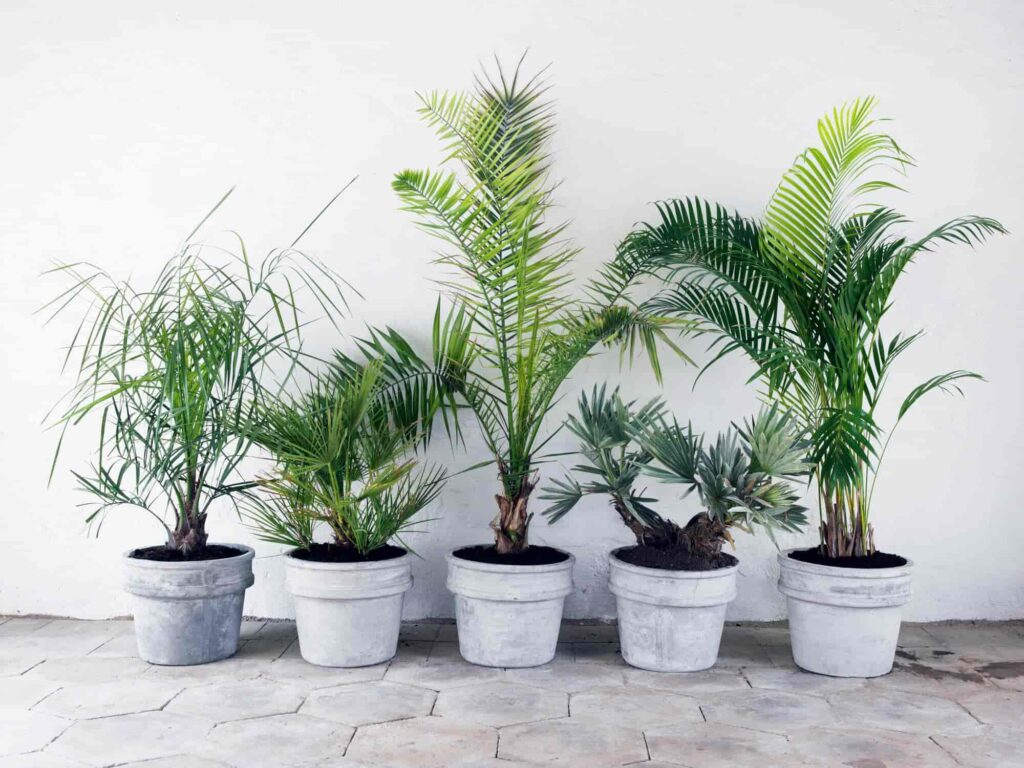
source: mydomaine.com
In the United States, the parlour palm has long been used as an indoor plant. This lovely little plant was discovered in Central America and brought back to the US, where it quickly became a popular indoor palm. For several reasons, it quickly gained a large following: It can tolerate colder temperatures and grows in attractive bunches with light-textured foliage that conceals thin trunks. Because of these characteristics, the parlour palm is one of the most widely grown indoor palms in most temperate regions.
Botanical Name: Chamaedorea elegans
Sun Exposure: Bright indirect light
Soil Type: Peaty soil-based mix
Soil pH: 5.1 to 7.5
Calathea Plant
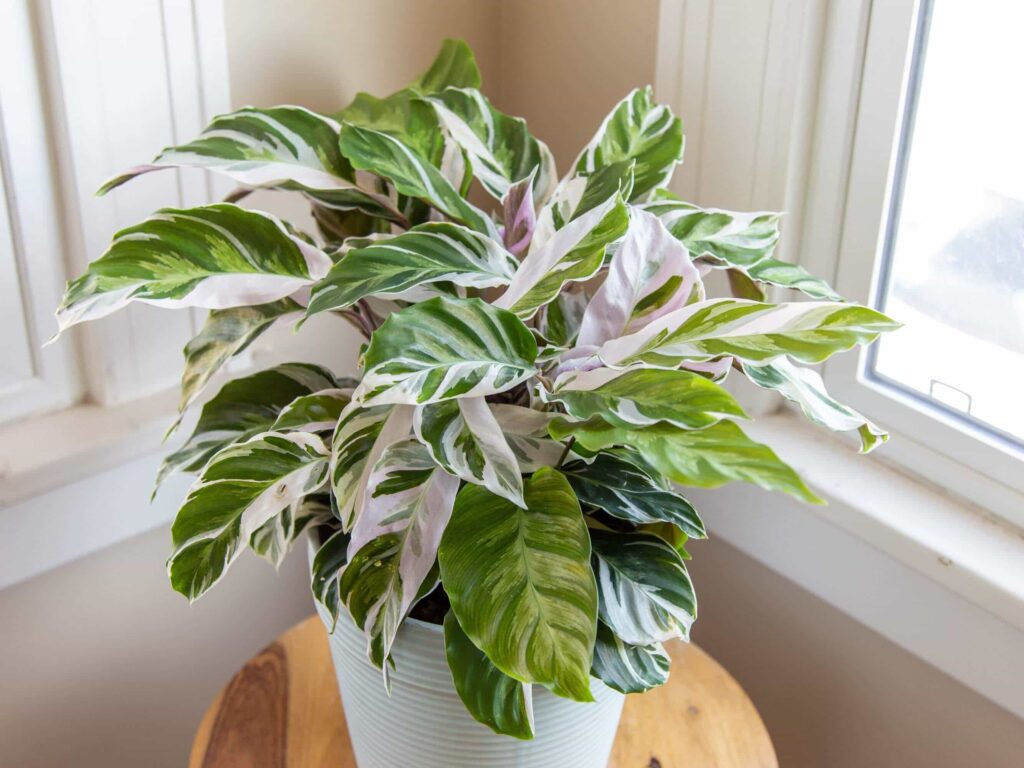
source: thespruce.com
Some of the most beautiful tropical plants in the world are included in the genus Calathea, which is marked by boldly coloured, oblong leaves in a dazzling variety of colours. Because of the plant’s eye-catching stripes and texture, it’s sometimes referred to as the zebra plant, peacock plant, or rattlesnake plant. Calathea are true tropicals in every sense of the word, native to Brazil and raised indoors all year. They’ve earned a reputation for being picky about their growing conditions. These tropicals can flourish and develop quickly if those conditions are retained, often reaching a mature size of one to two feet tall in a year.
Botanical Name: Calathea
Sun Exposure: Partial sunlight, full shade
Soil Type: Moist and well drained
Soil pH: Acidic
Cast Iron Plant
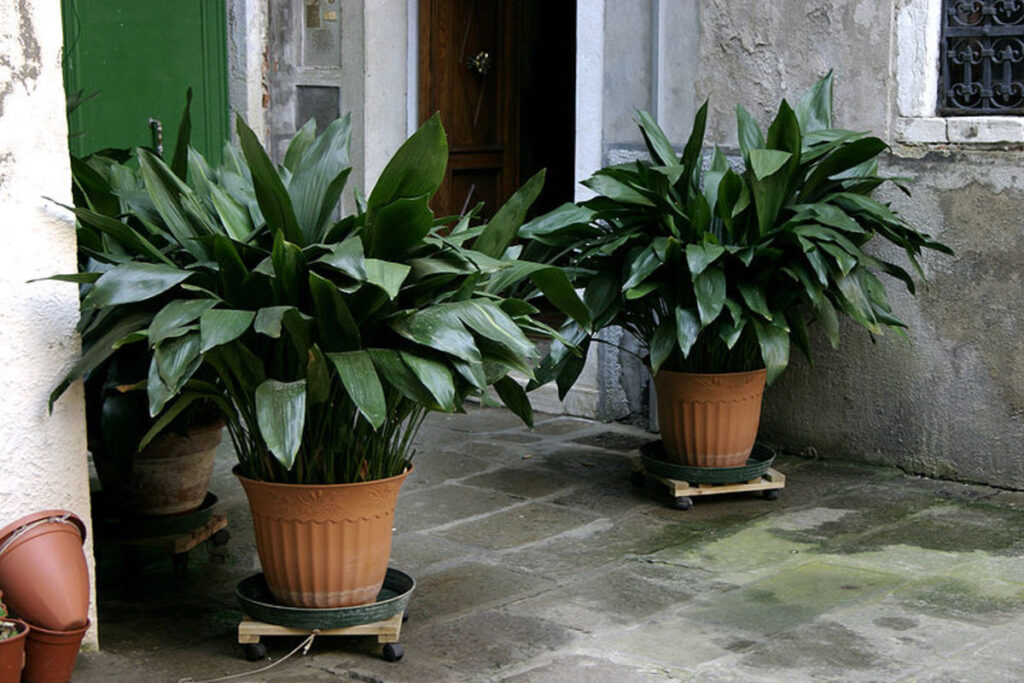
source: dengarden.com
The cast-iron plant has earned a reputation for being a nearly indestructible houseplant as well as a beautiful outdoor plant. This plant can withstand a great deal of neglect as well as growing conditions that would destroy most other plants, such as a lot of shade. It has arched, lance-shaped, deep green, glossy leaves that can grow up to 2 feet long and 4 inches wide. It develops creamy purple flowers near the base of the plant when grown outdoors, but the blossoms are rarely seen with indoor plants. The cast-iron plant grows slowly, so planting it in the spring is usually the best choice.
Botanical Name: Aspidistra Elatior
Sun Exposure: Partial shade
Soil Type: Well drained
Soil pH: Acidic, Neutral
Dragon Plant
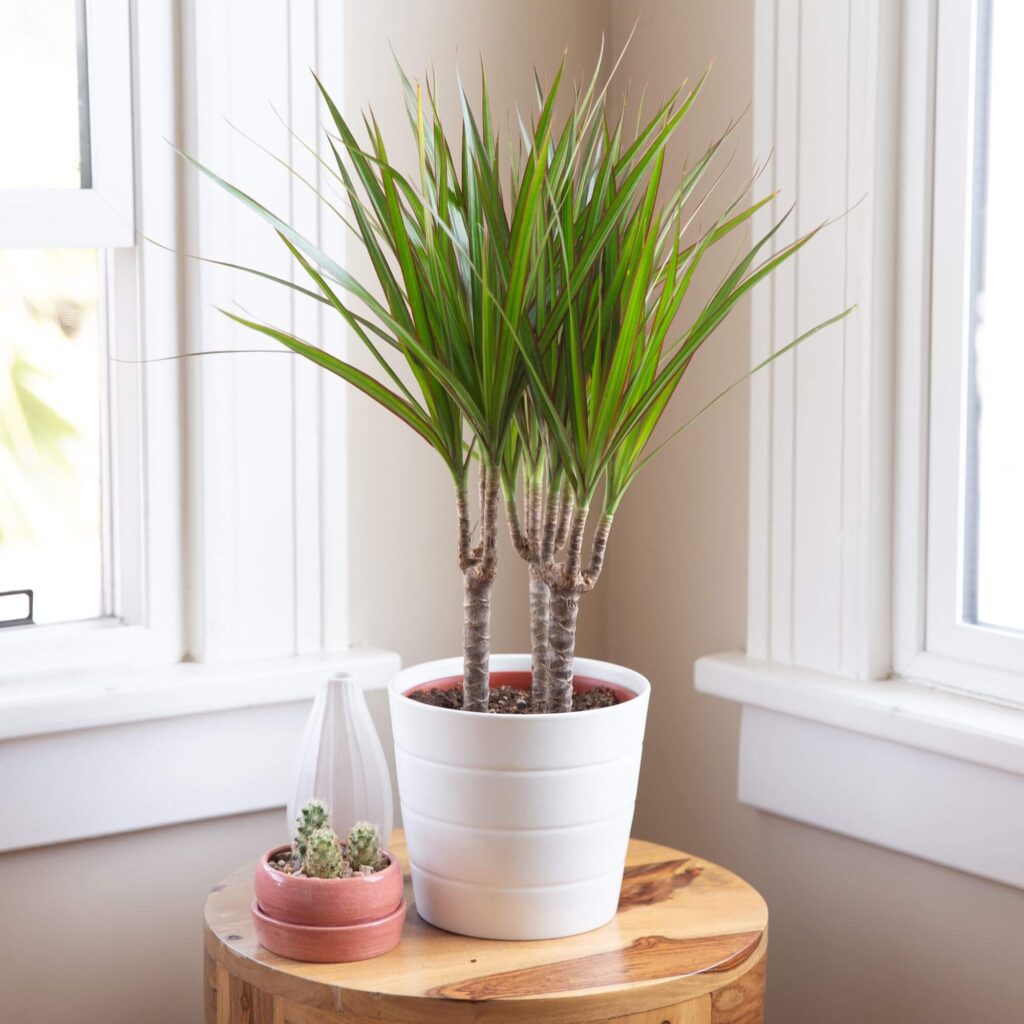
source: thespruce.com
Dracaena marginata, also known as the dragon tree, is a lovely plant with green sword-like, red-edged leaves. The eye-catching spiky tree is native to Madagascar and is known as a perfect entry plant for home gardeners because it is easy to care for, drought-tolerant, and nearly indestructible. The slow-growing plant can be cultivated all year and blooms in the spring with tiny white flowers (though it rarely flowers indoors). In warm outdoor climates, this small tree can grow to be about 20 feet tall, but it is usually grown as a potted houseplant and pruned to 6 feet or less.
Botanical Name: Dracaena Marginata
Sun Exposure: Full sun, Partial shade
Soil Type: Well drained, Loamy
Soil pH: Acidic, Neutral
Corn Plant
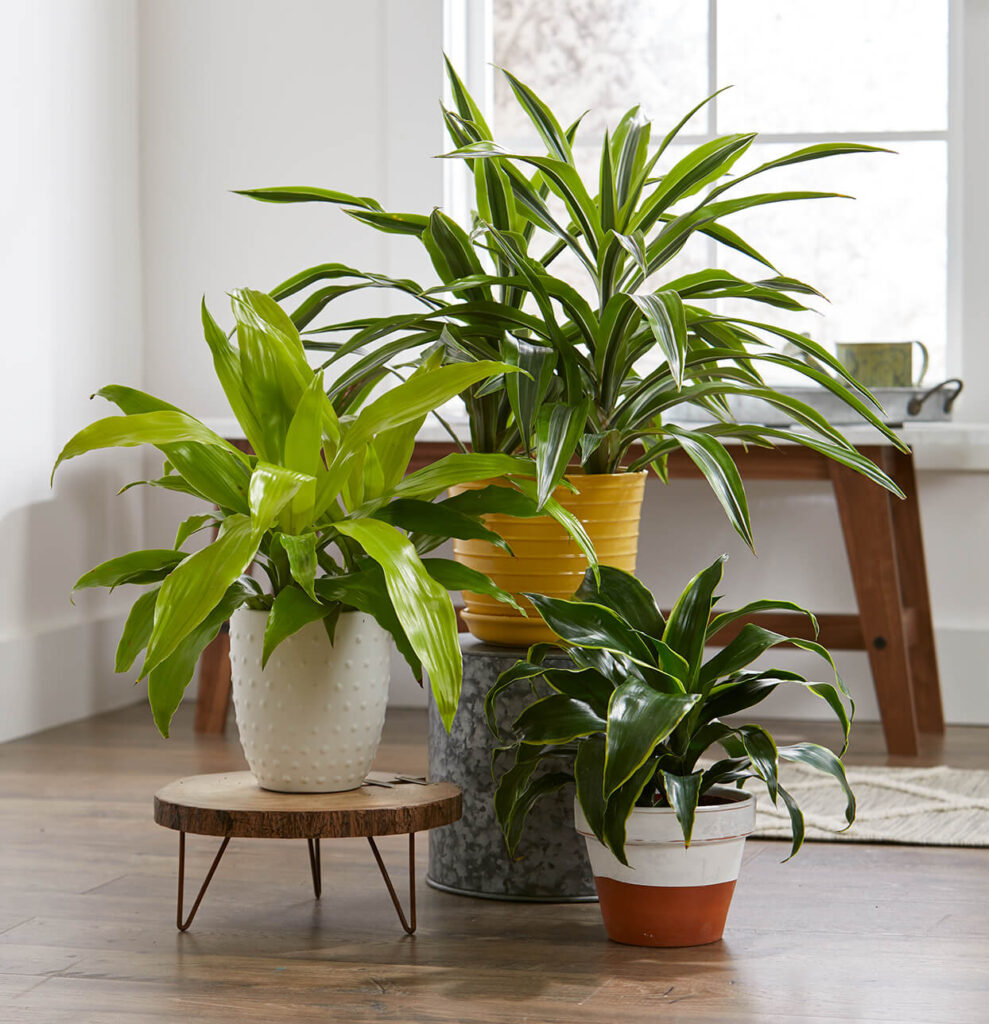
source: bhg.com
Corn plants are common houseplants because of their attractive foliage and hardiness. In the right area, they are simple to grow in containers or in the greenhouse. In the wild, these plants can grow very tall, but when held indoors, they remain manageable in size. They have rosettes of sword-shaped green leaves that can reach 2 feet in length. Tiny yellow flowers will bloom on occasion, but flowers on indoor plants are uncommon. While you can usually pot a nursery plant indoors at any time of year, spring is the best time for planting. These plants grow slowly and will naturally shed their lower leaves as they send up new ones.
Botanical Name: Dracaena Deremensis
Sun Exposure: Partial
Soil Type: Well drained, Loamy, moist
Soil pH: Neutral
Yucca Plant
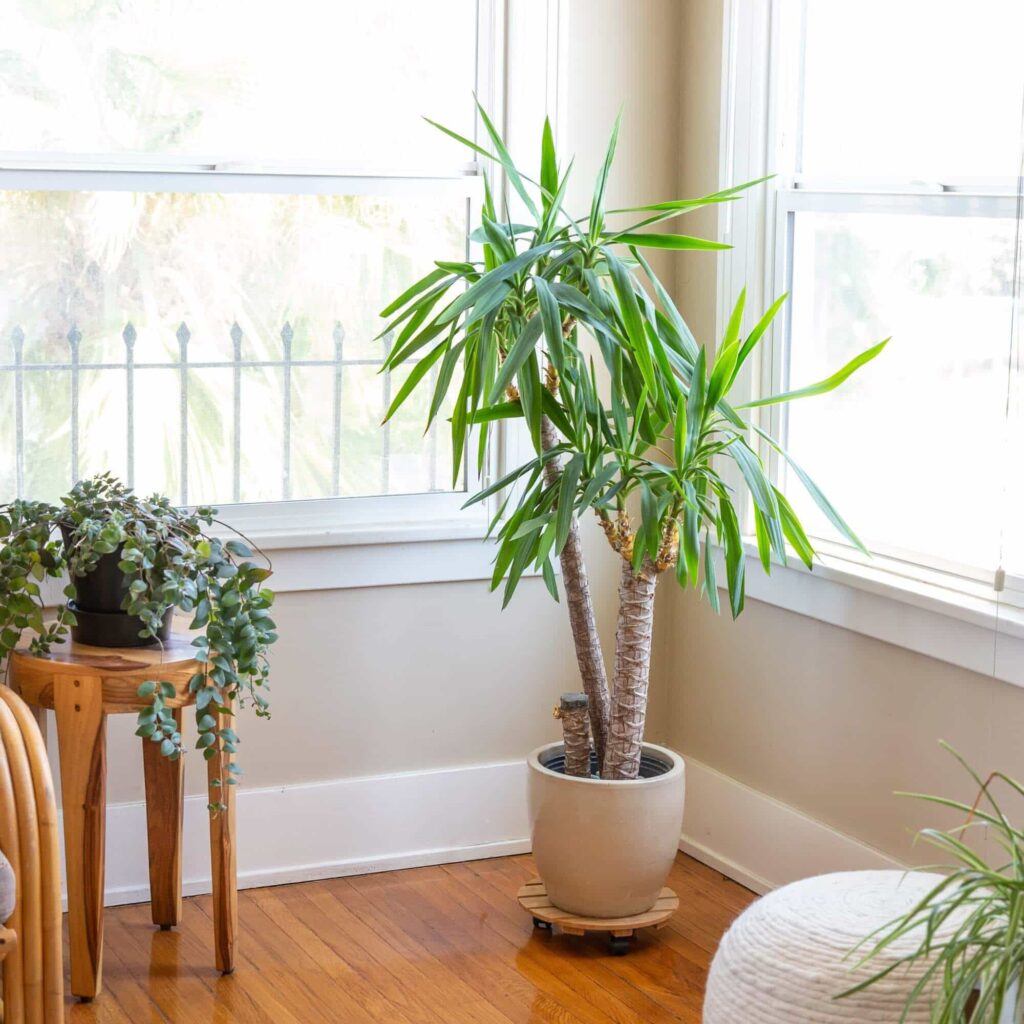
source: thespruce.com
Yucca is a genus of over 40 perennial plants, shrubs, and trees, but only a few of these are cultivated as houseplants under the name “yucca plant.” Yuccas are interesting and slow-growing houseplants that have the added advantage of being highly drought resistant. They are often confused with the similar-looking Dracaena genus. Overwatering is most likely the cause of yucca death. Most yucca species can develop into room-devouring monsters over time, but it takes so long that you’ll get several years of dependable service as a houseplant before it overwhelms the space. Yuccas are slow-growing plants that only need repotting every two to three years.
Botanical Name: Yucca spp
Sun Exposure: Full sun or Bright indirect light
Soil Type: Sandy
Soil pH: 5.5 to 7.5
Ruffled Fan Palm
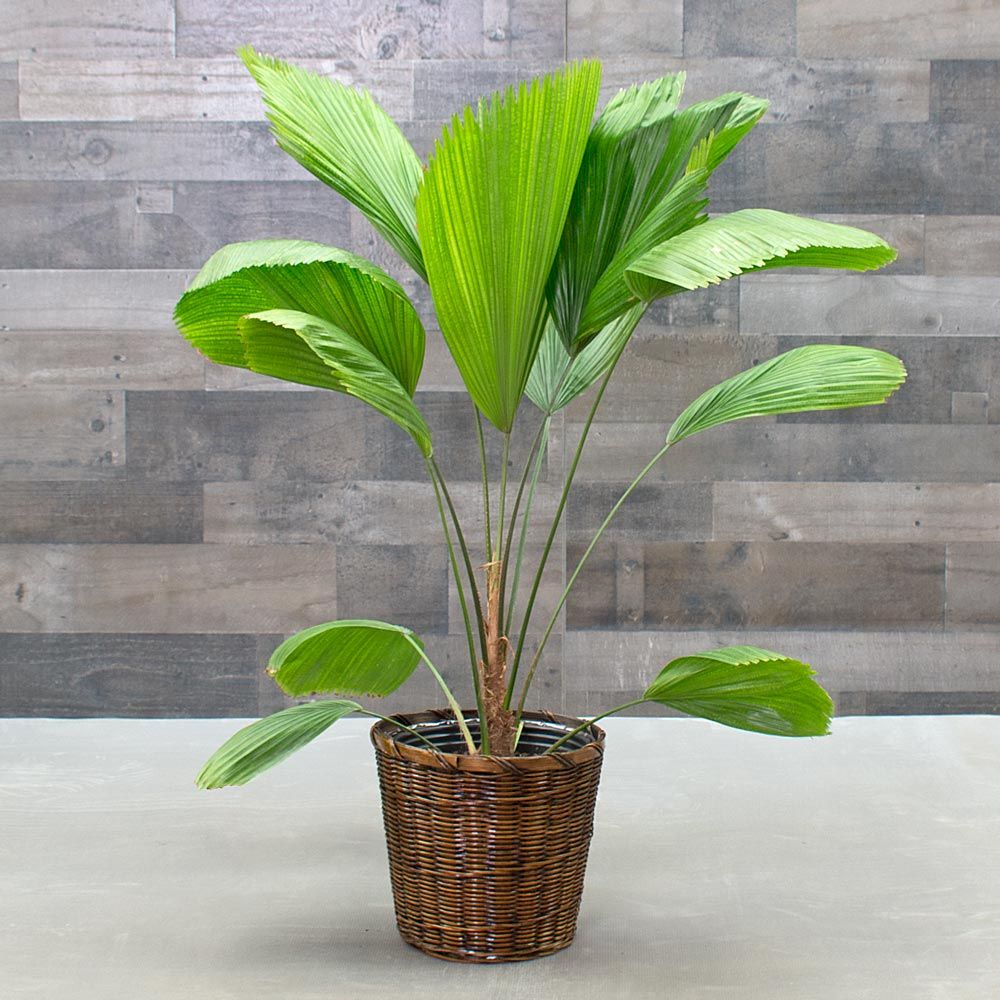
source: whiteflowerfarm.com
The ruffled fan palm (Licuala grandis) is a one-of-a-kind palm with big, pleated leaves resembling hand fans. Although getting your hands on a ruffled fan palm can be difficult, keeping it happy indoors is easy.Choose a spot in your home that gets plenty of indirect light and let the top inch or two of soil dry between waterings. Pets are not poisoned by the ruffled fan hand.
Botanical Name: Licuala Grandis
Sun Exposure: Bright indirect light
Soil Type: Sandy loamy
Soil pH: Neutral
Calathea Orbifolia
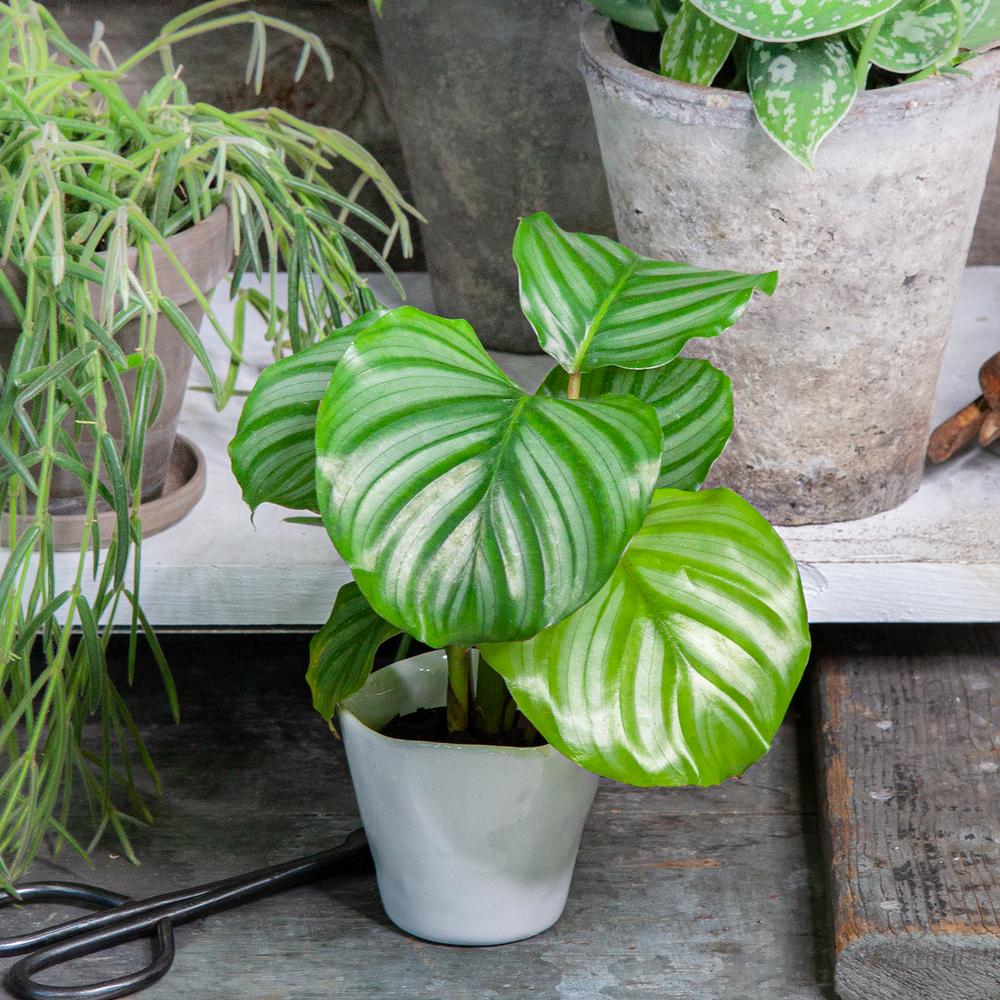
source: shopify.com
Calathea orbifolia is a type of prayer plant known for its broad orb-shaped leaves. This houseplant necessitates high humidity to survive, which can make it difficult for some plant fans to keep it happy inside. Hold your Calathea orbifolia in a place with clear indirect light and uniformly moist soil. This eye-catching Calathea is non-toxic to both humans and pets.
Botanical Name: Calathea Orbifolia
Sun Exposure: Bright indirect light
Soil Type: Rich well drained
Soil pH: 5.0 to 6.0

